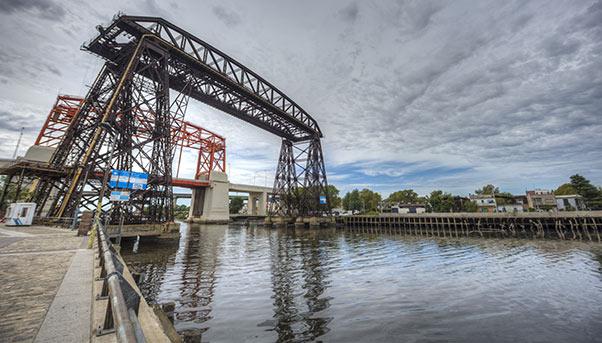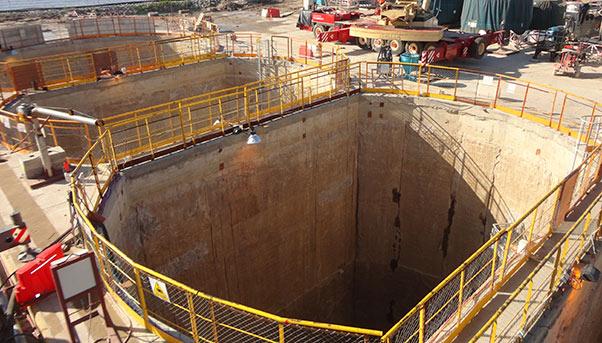
Adump. An open sewer. A toxic cocktail. The words used to describe the Riachuelo River in Argentina have always been colorful.
Winding its way through southern Buenos Aires, the river has served as a waste disposal site for all manner of industry, including tanneries, slaughter houses, paper mills and petrochemical plants. It has also been used as a toilet by the poor eking out a living along its banks. Such is the level of pollution that the incidence of lead poisoning and other ailments is high.
The situation is obviously bleak – as it has been for centuries. But things are slowly taking a turn for the better.
With some innovative engineering and $718 million in financial support from the World Bank, the government is pursuing a comprehensive project to clean up the mess and make it a safe and healthy place to live and work.
The importance of the project cannot be underestimated: the river and the surrounding area, known as the Cuenca Matanza-Riachuelo or Matanza-Riachuelo Basin, hosts 23% percent of the residents of metropolitan Buenos Aires and 9.16% of the country’s total population.
Thick Black Yogurt
The Riachuelo has been abused for so long that its putrid waters were already notorious in colonial times when butchers would dump animal fat, skin and bones into them. With the arrival of factories and refineries in the industrial age, the level of arsenic, chromium, copper, zinc and other toxic waste in its waters rose exponentially, posing serious health – let alone environmental – risks for generations to come.
Although it flows past La Boca, a neighbourhood famous for its colourful houses and eponymous football club, the only notoriety that Riachuelo has ever acquired has been that of being one of the most polluted rivers in the world.
«Going down to the riverbed …is like sinking into thick black yogurt,» a professional diver once told French news agency Agence France-Presse.

Coordinated Effort
Following a 2008 court ruling in favor of a complaint filed by a resident, the government created an authority called Autoridad de Cuenca Matanza Riachuelo, or ACUMAR, to coordinate the effort among conflicting municipal, provincial and federal jurisdictions in the area. This has led it to oversee the relocation of residents, the shuttering of factories and the salvaging of sunken boats from the riverbed, among many other initiatives.
«ACUMAR is working to clean the basin and improve the quality of life of more than eight million people, guaranteeing the right of current and future generations to live in a healthy environment,» reads its mission statement.
Underground Diffuser
The bulk of the World Bank’s financing, meanwhile, is going to the construction of two treatment plants – one for waste water, the other for sludge. The accompanying infrastructure will include a network of sewage collectors that will channel the waste to the plants.
«Once completed, these sanitation infrastructures will permit to properly treat and discharge 35 percent of the wastewater effluents of the concession of AySA and allow the connection to the sanitation system of 4.5 million additional people located in the Province of Buenos Aires,» reads a recent report from the World Bank. AySA is the Spanish acronym for Aguas y Saneambientos Argentinos, the public water utility.
The plant that will treat waste water, Dock Sud, will have the added feature of an innovative €360-million hydraulic tunnel stretching beyond the mouth of the river into the River Plate. Located 40 meters below the riverbed, it will serve as an outlet for the water treated at the plant, dispersing it into the river.
At 12 kilometers, the tunnel will be the one of the longest of its kind in the world. The last 1.5 kilometers of it will be fitted with a diffuser system, namely 34 steel tubes rising up from its structure to puncture the bottom of the River Plate. It will be through these tubes that the treated water will exit. With a hydraulic diameter ranging between 1.7-3.8 meters, the tunnel will be able to carry this water at a flow rate of 27 cubic meters per second.
Assigned to Italy’s Salini Impregilo, work on the tunnel began in 2014 with a schedule of 74.5 months to complete it.

